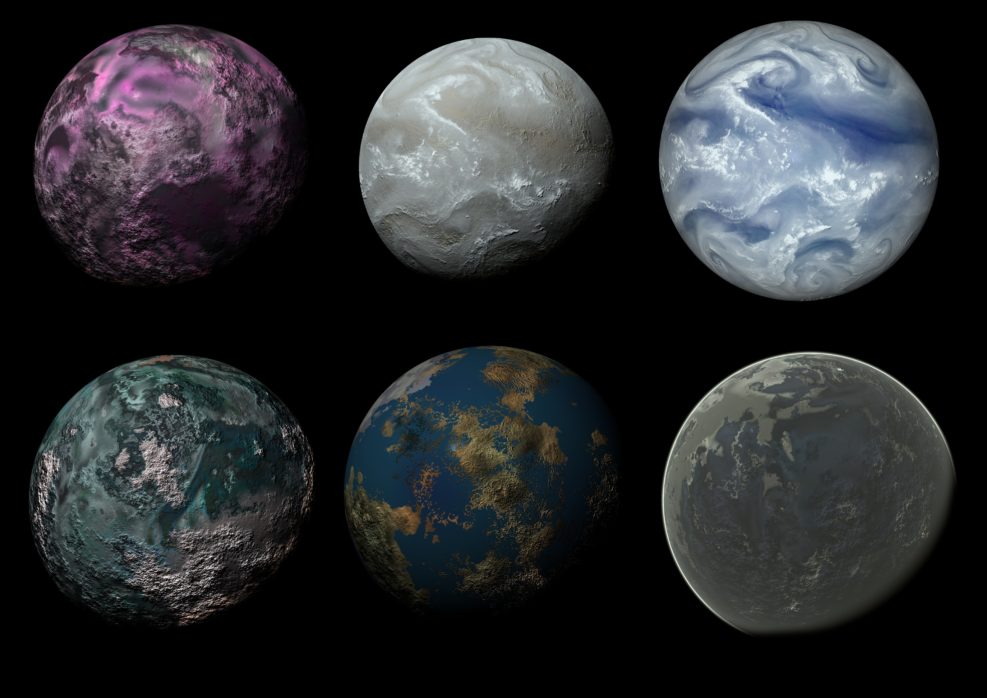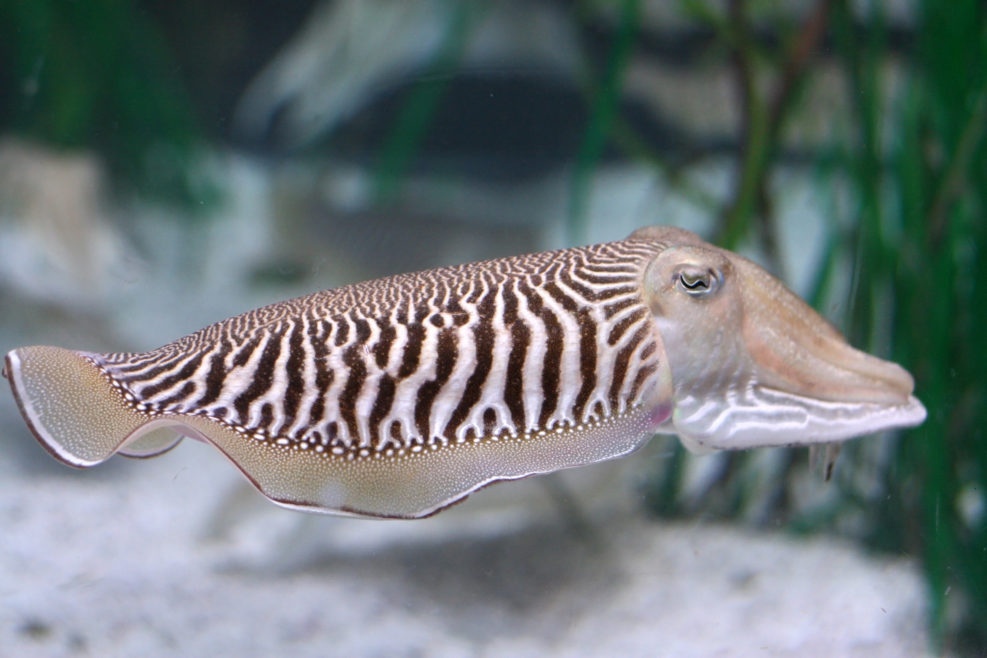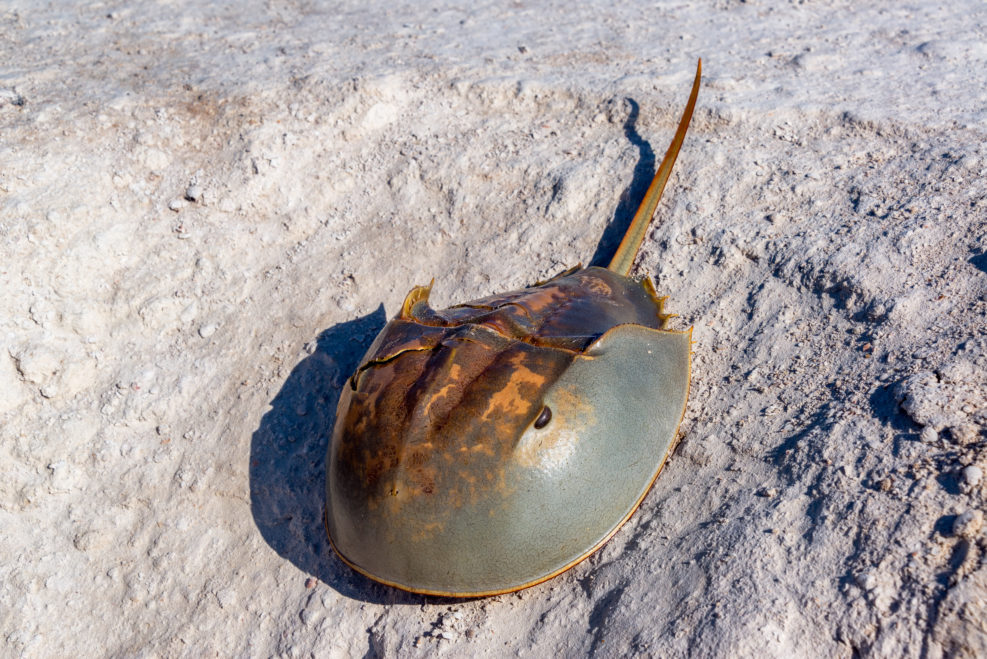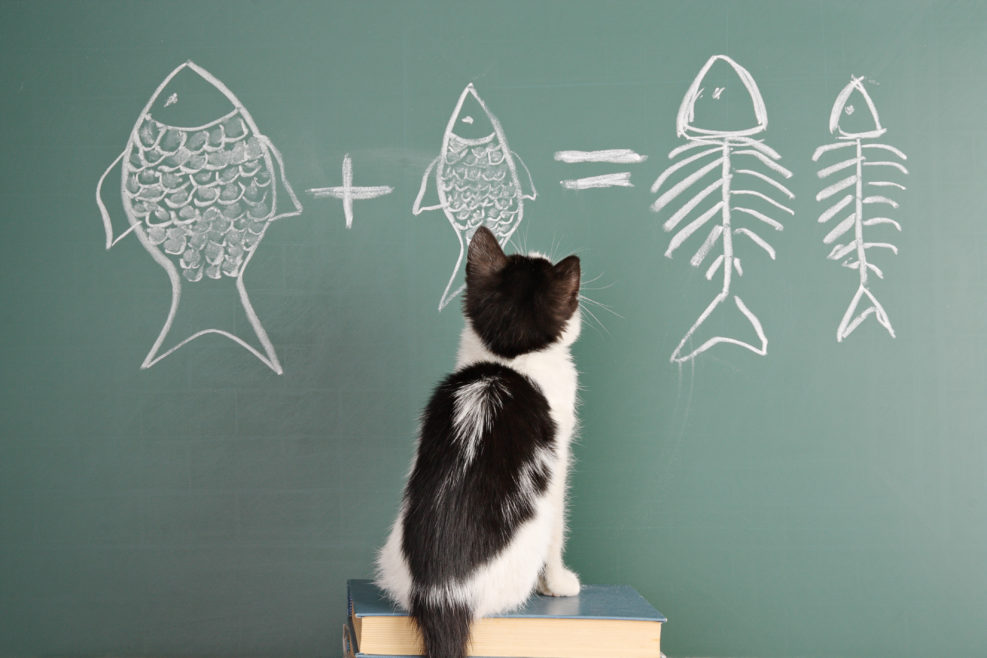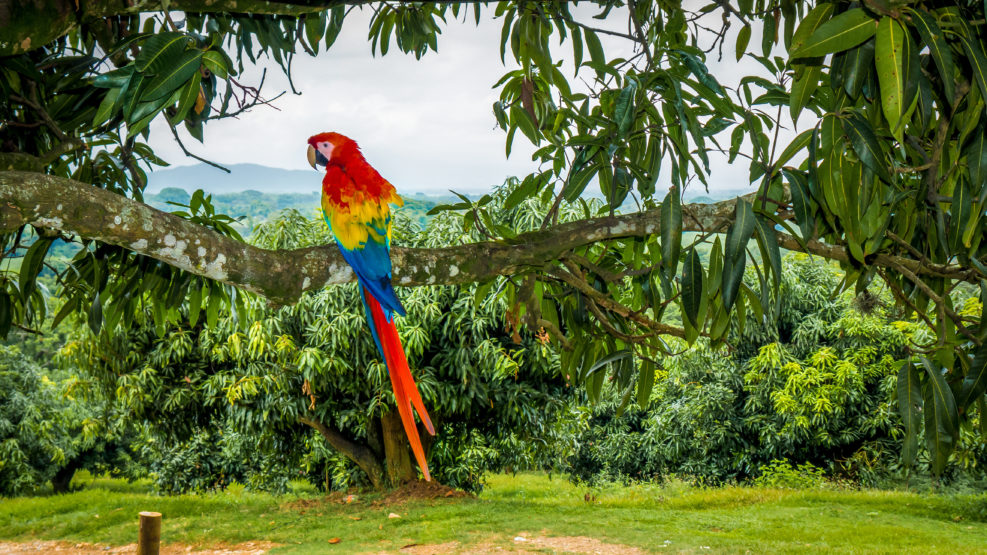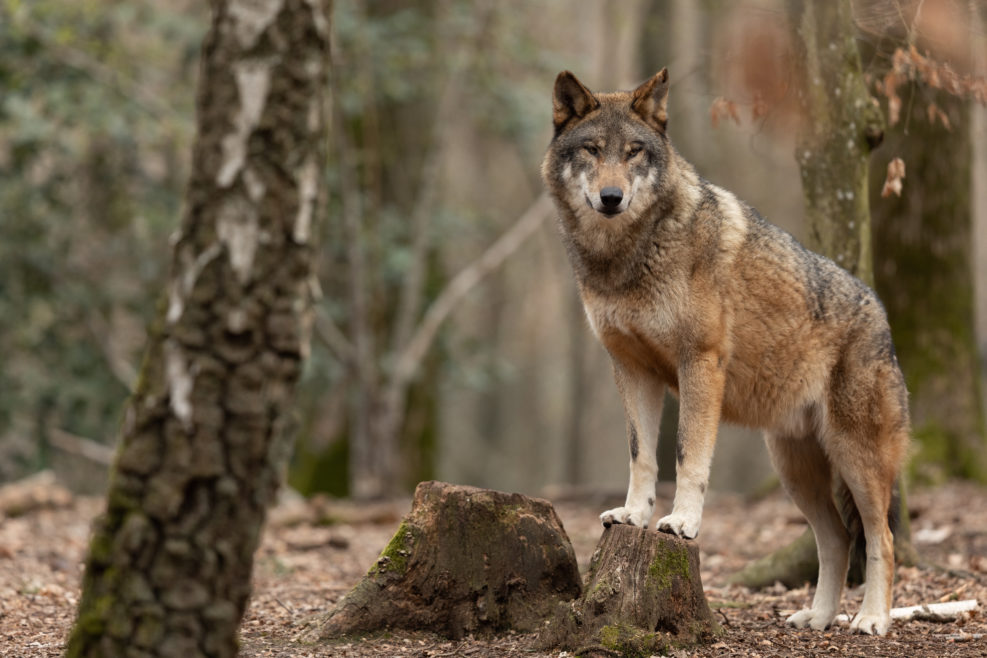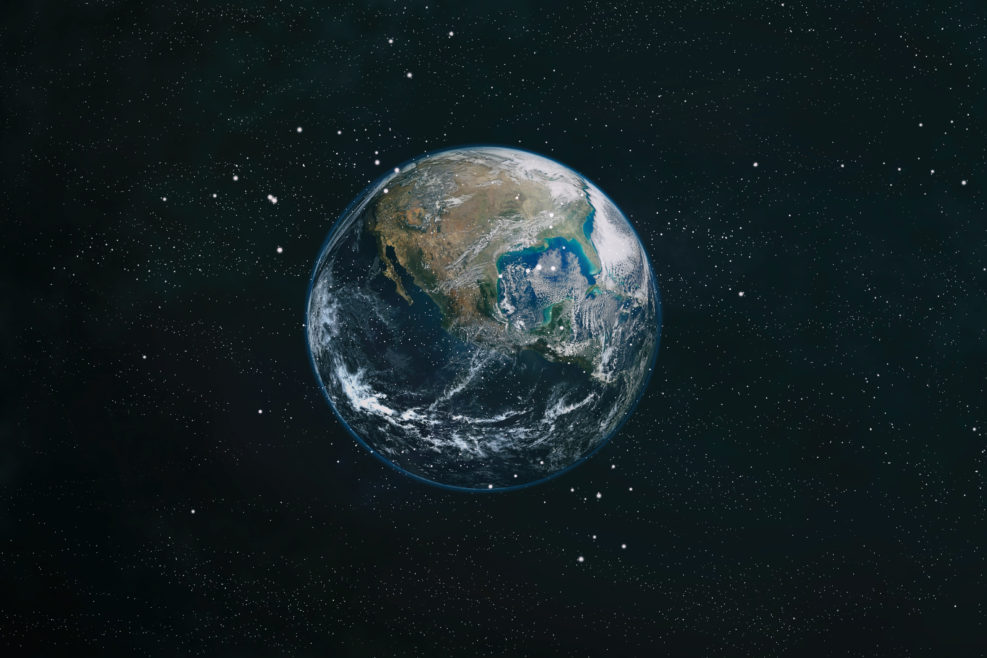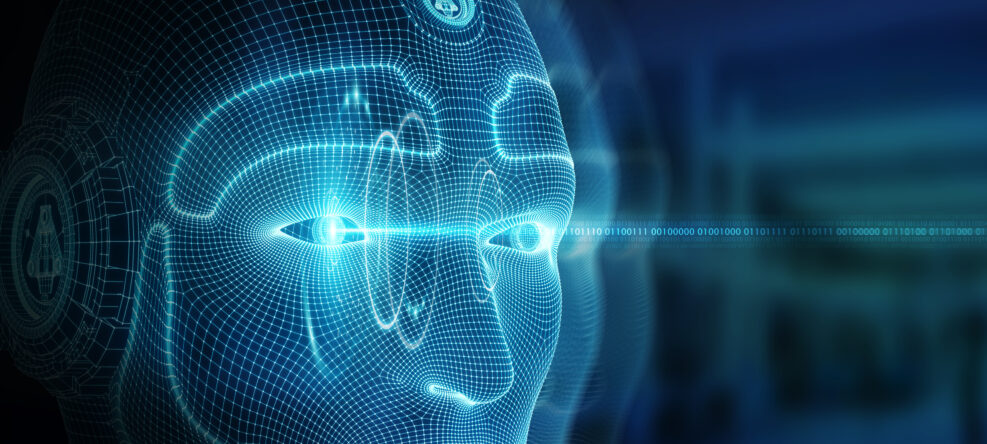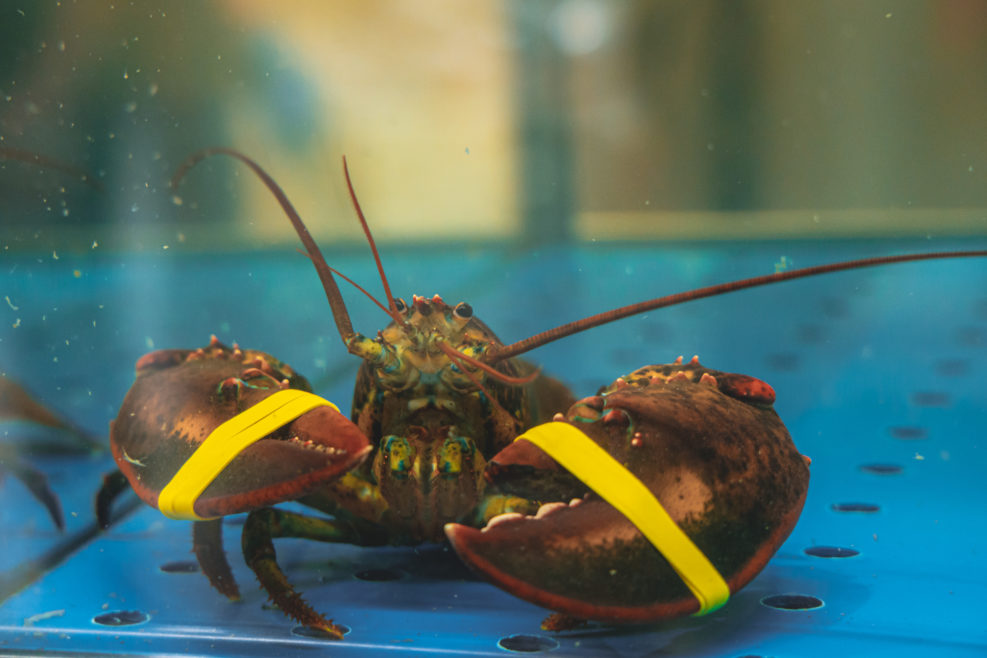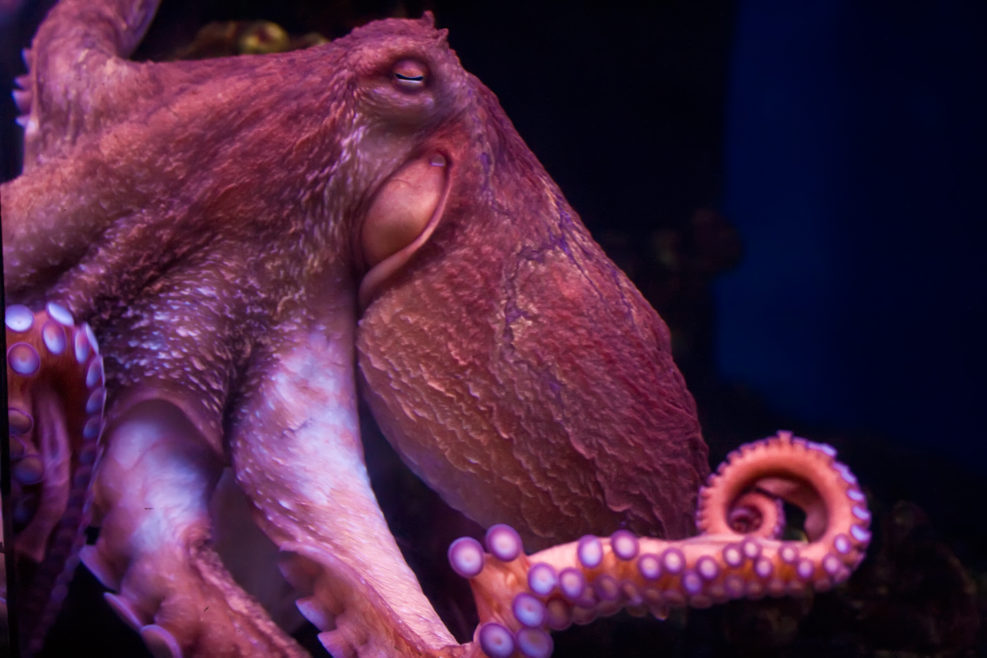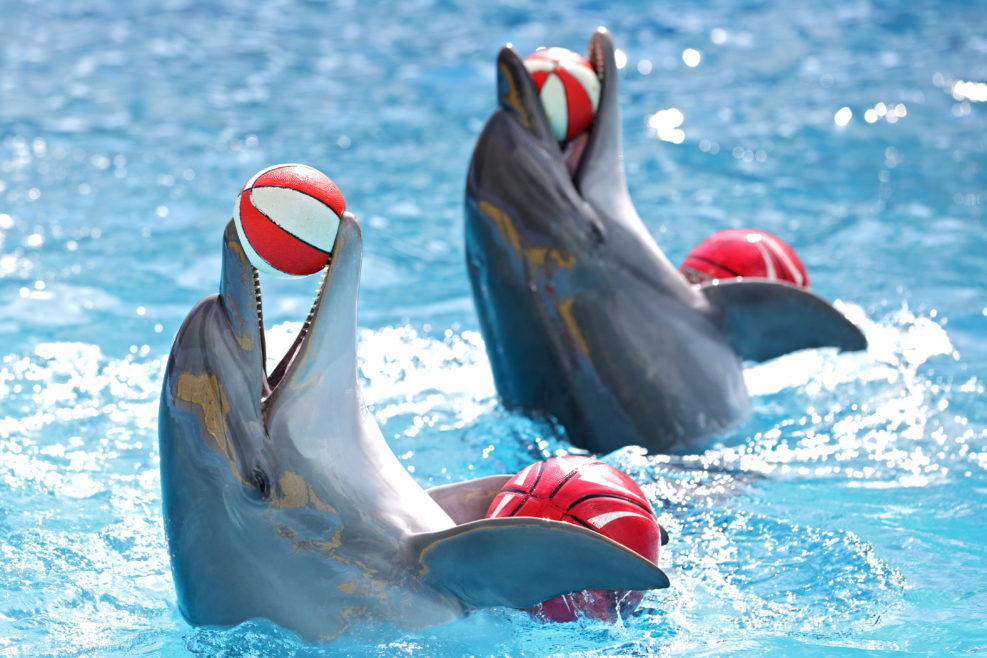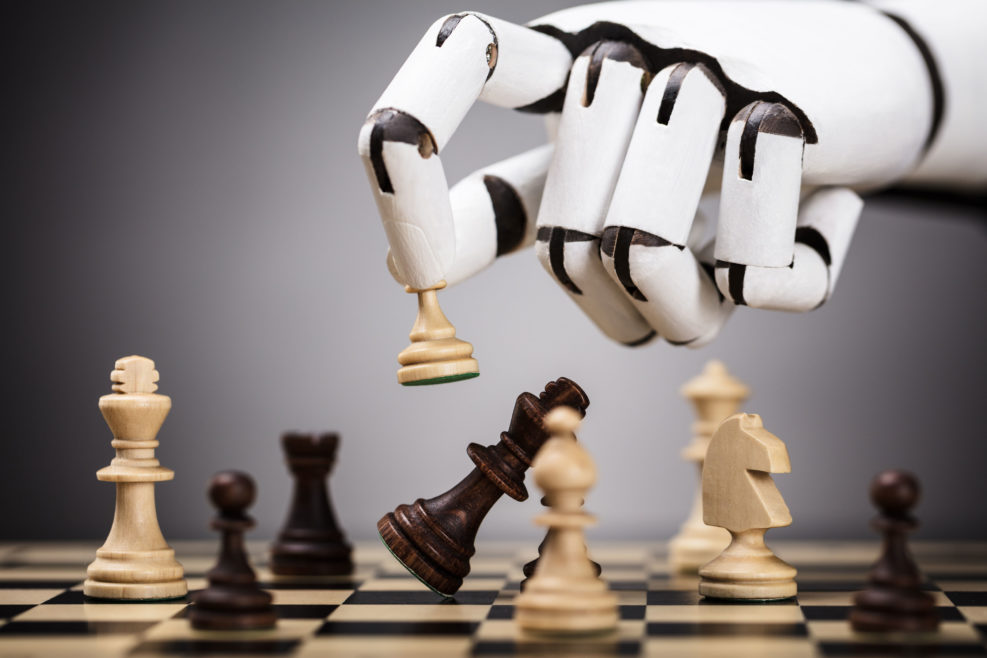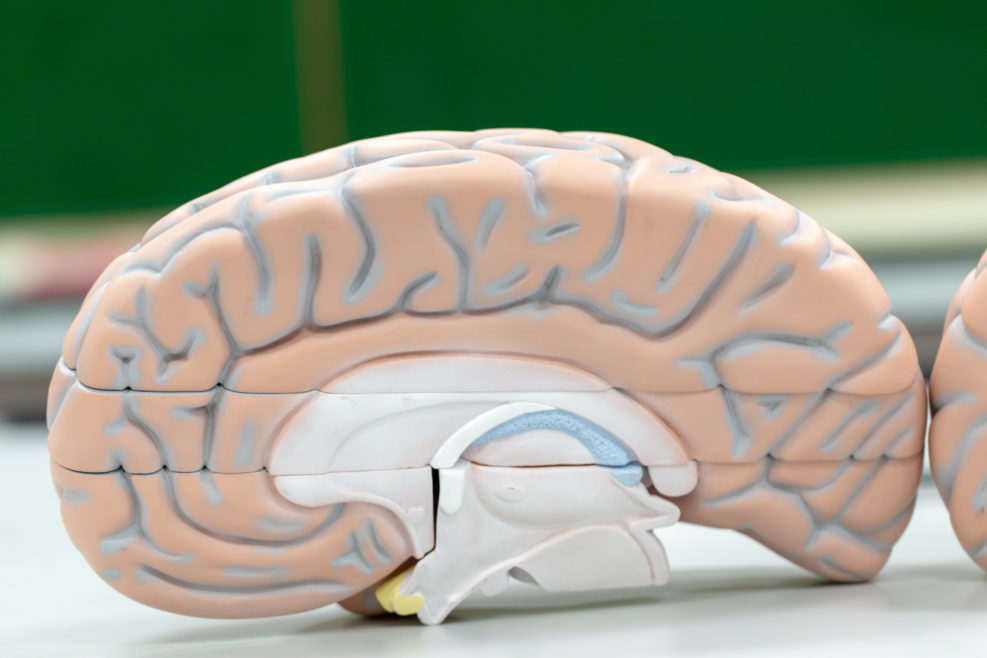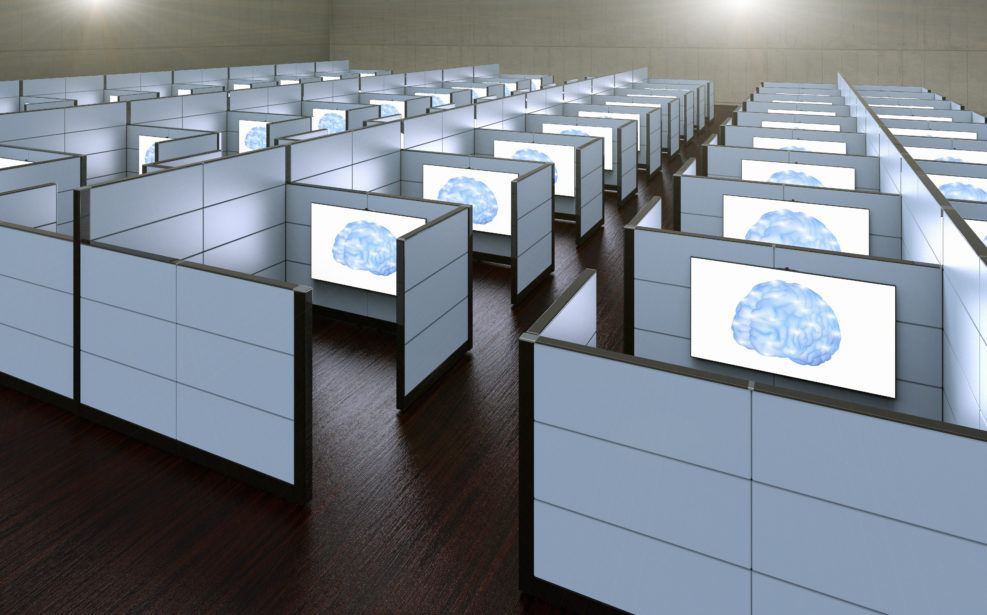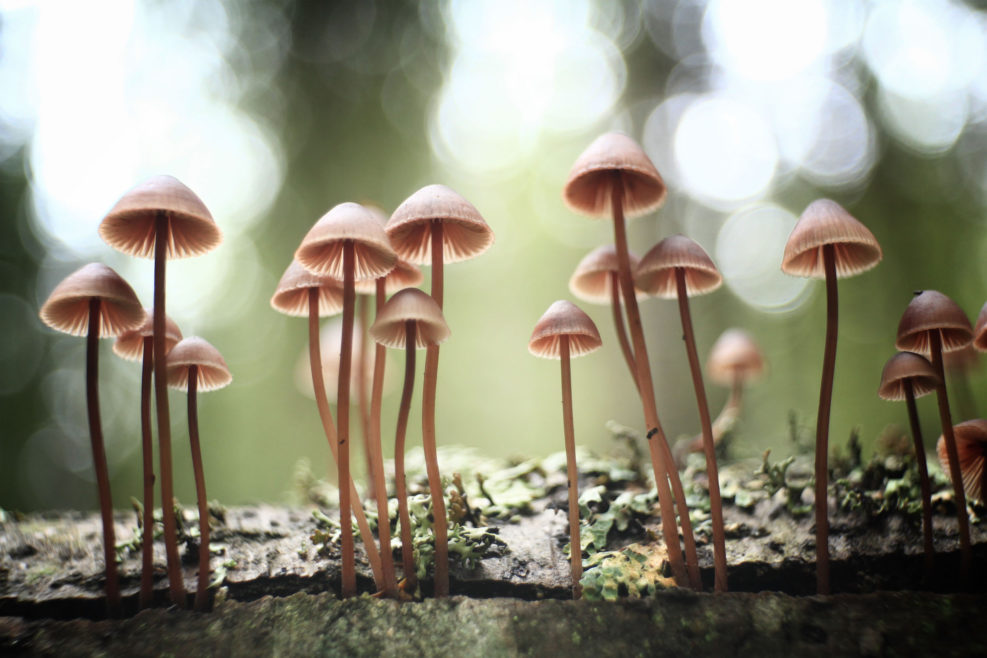
Mushrooms Have Minds? Well, If You Doubt Humans Are Exceptional…
… it is a short step to thinking that mushrooms have minds. A Miami University biologist has taken that stepIt’s pretty daring to claim that mushrooms have minds. But, in the light of what we have learned about plant communications, we should perhaps pause a moment to at least listen. Miami University biologist Nicholas P. Money, argues: Given the magical reputation of the fungi, claiming that they might be conscious is dangerous territory for a credentialled scientist. But in recent years, a body of remarkable experiments have shown that fungi operate as individuals, engage in decision-making, are capable of learning, and possess short-term memory. These findings highlight the spectacular sensitivity of such ‘simple’ organisms, and situate the human version of the mind within a spectrum of consciousness that might well span the entire natural world. Nicholas P. Money, “The Read More ›
